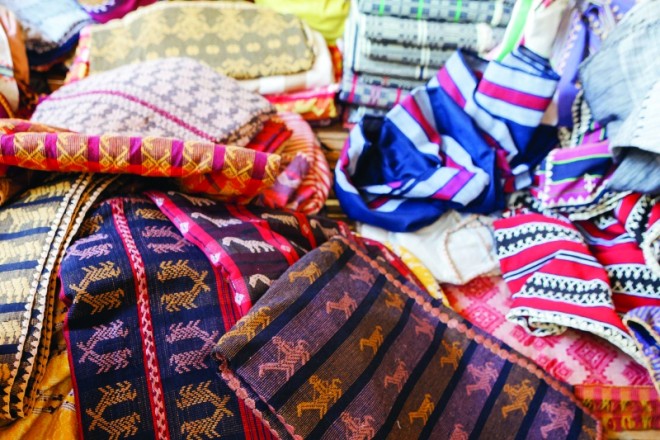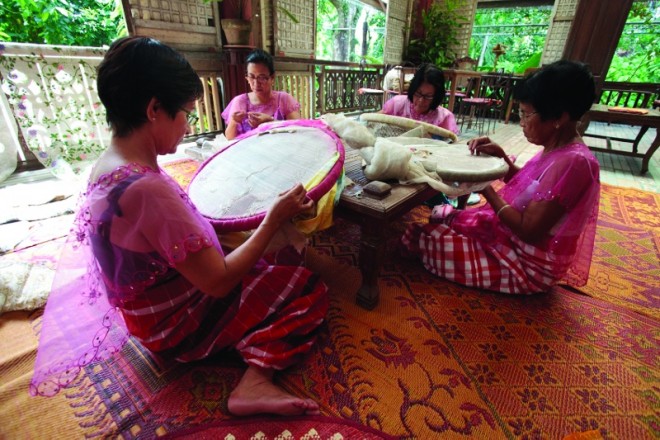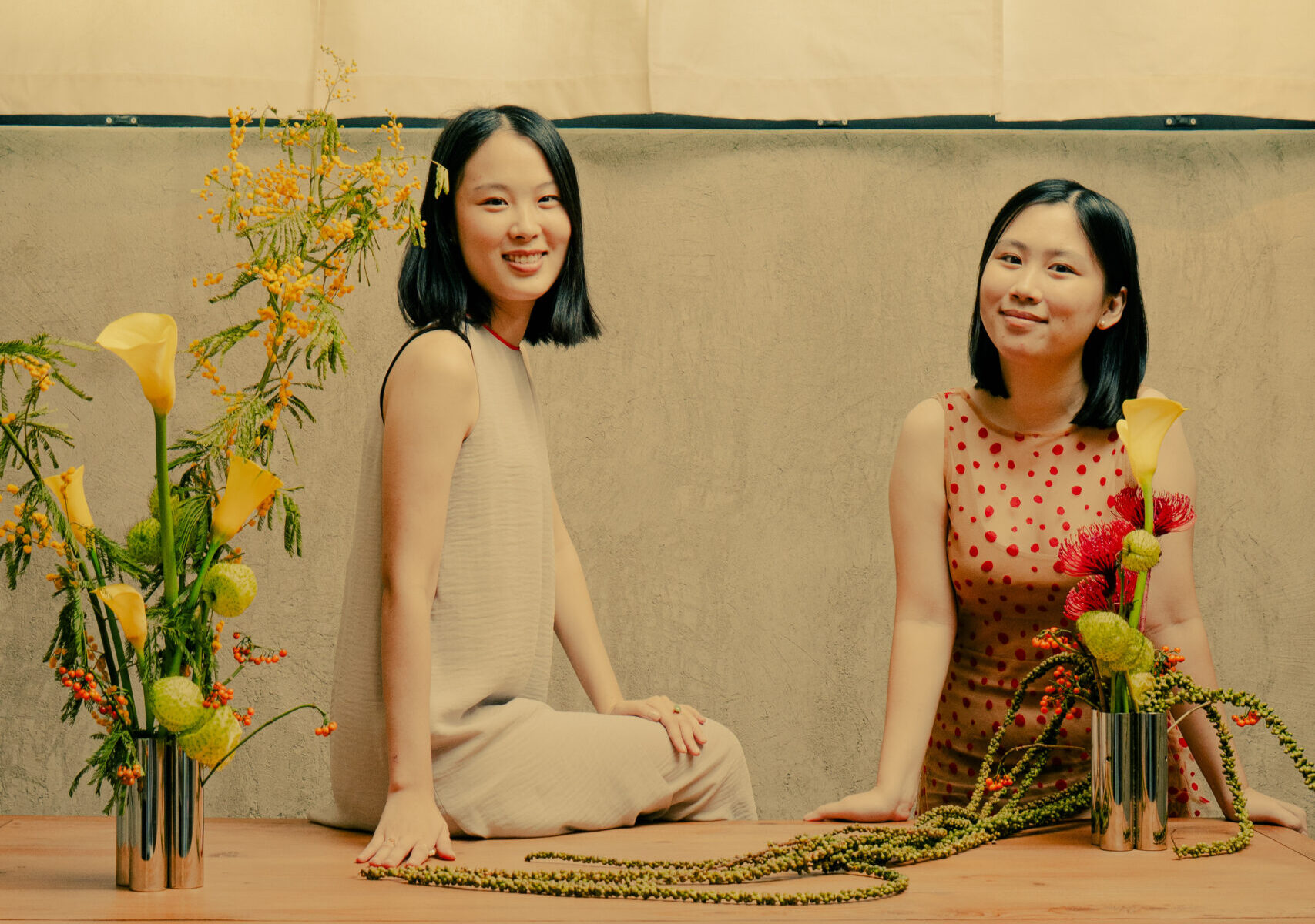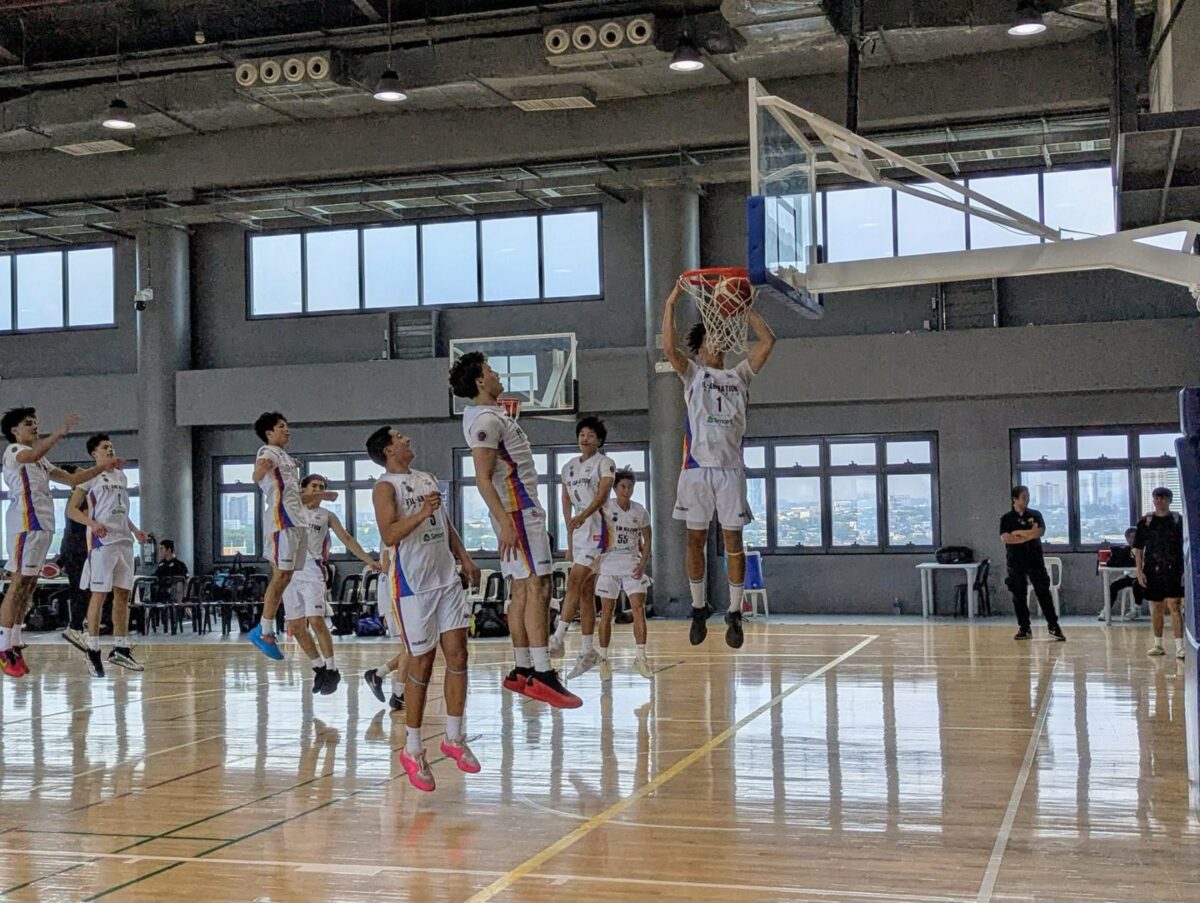
Fashion designer-heritage conservationist Beatriz “Patis” Pamintuan Tesoro invites travelers to experience Laguna in a more authentic way—through a face-off between embroiderers from the north and south.
To be held next weekend at Patis Tito Garden Café, her rustic B&B in San Pablo, the culture fair encourages visitors to learn about indigenous cultures while supporting the local economy and motivating workers to sustain their traditional craft.
“The ‘Embroidery Exchange’ hopes to influence the younger generations to become master artisans like their elders. They can produce beautiful works, not those you see under the (Quiapo) bridge,” Tesoro told Inquirer Lifestyle.
The event highlights an embroidery interaction between the Itnegs and Tinggians of Abra and the weavers of Lumban, Laguna, dubbed the Embroidery Capital of the Philippines.
Endangered crafts
During the Ramos administration, Tesoro led the Katutubong Filipino Foundation (KFF), a program that introduced entrepreneurial skills to local communities so that they could sustain their arts and crafts.
KFF traveled all over the country to help revive endangered crafts and indigenous fabrics such as piña weaving, t’nalak fabric by the T’boli in Mindanao and the beadwork of Ilongots from Central Luzon.
In next week’s event, guests will see the diversity of embroidery styles in northern and southern Luzon. Among the highland groups, the Itnegs and Tinggians from Abra produce the most intricate patterns.
Abra is known for the pinilian, a cotton twill blanket with symbolic abstract designs. Men gather the spools for the local cotton threads and dye the fabrics using native plants.
The women adorn the native fabrics with geometric human and animal forms, similar to ethnic Chinese and Indonesian patterns.
The most popular style is the binakul, a pattern that resembles optical-art interpretations of nature.
The burdaderas, or embroiderers, of Lumban will demonstrate the town’s signature calado, the delicate net designs on piña and jusi. The artisans will show how a design is transferred to the gossamer fabric; how it is dampened before the sewing, the threads separated and interlaced and finished with the aid of a bastidor, or bamboo hoop.
Unlike the angular designs of the Itnegs/Tinggians, the Lumban patterns are softer evocations of raindrops, scallops, flowers and doll figures.
The artisans will also demonstrate Lumban’s ethnic embroidery, which has less flourish but requires the same precise handwork.

PHOTOS BY AT MACULANGAN
Collaboration
For over 25 years, Tesoro has been working with the Agaids, a Tinggian family that has been embroidering for several generations.
At the demonstration, the younger Agaids will collaborate with the Lumban artisan Alida Agorda and her burdaderas in embroidering a cotton blanket using Tesoro’s design.
“I want to see if the Itnegs/Tinggians can acquire the finesse of Christian embroidery, while the Lumban women can learn how to stitch the Itneg symbols of frog, rice field, dancing man, spider and star, and incorporate these in their work as well,” said Tesoro in a press statement.
Guests can also enjoy local dishes served a la carte, or a buffet of the cafe’s signature ensaladang pako, dilis with tomatoes and salted egg, grilled adobo antigo liempo with garlic, pinakbet, pancit bihon guisado, homemade banana ice cream with raisins and pandan iced tea with gulaman.
There will be stalls of organic produce, native delicacies, antiques, handmade textiles and accessories from Menor Usman of Cotabato, pots and plants, Patis Boutique products, natural remedies, and lots of handwoven items from Lumban and Abra.
Patis Tito Garden Café in San Pablo, Laguna, will hold the Embroidery Exchange on Feb. 20-21, 8 a.m.-5 p.m. Entrance fee is P100. E-mail patistito@gmail.com; visit www.patistito.com; message through Facebook page Patis Tito Garden Café; or text 0998-5443728.












































